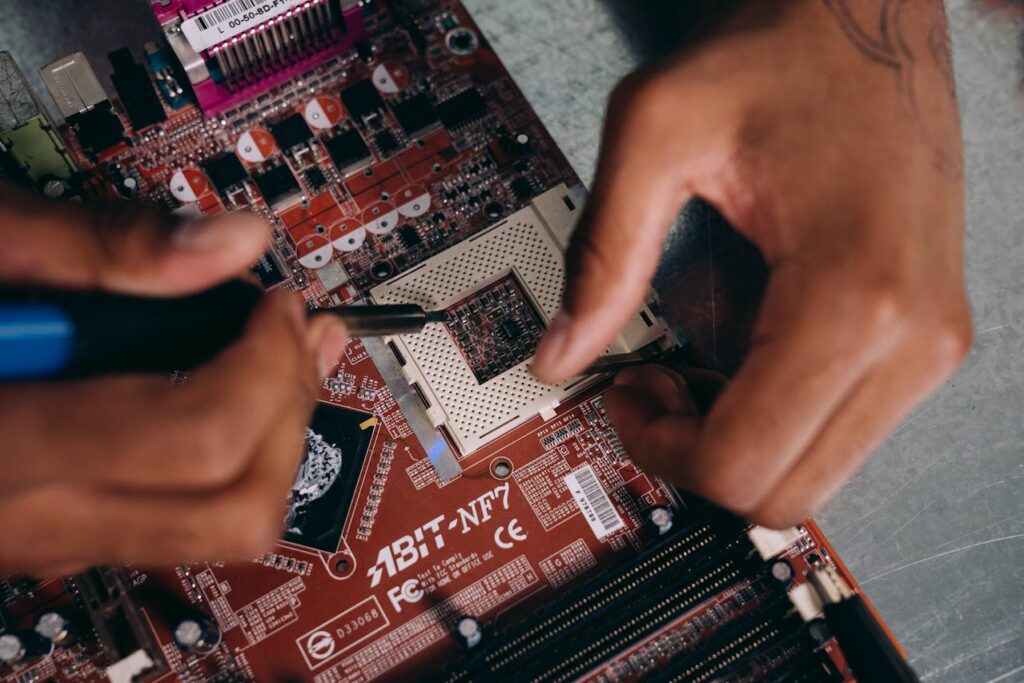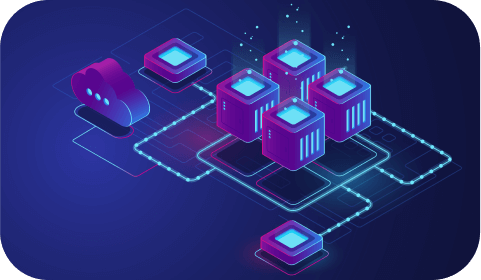What Software Developers Miss About Physical Infrastructure

If you’re a software developer, you probably don’t wake up thinking about… physics. I mean, maybe you had a phase in college, but these days when you push code to a remote server it just feels like, I don’t know, a smooth magic trick. You tap a few keys, hit deploy, and something far away just works. It’s a clean little universe made of APIs and microservices and tidy abstractions. The messy stuff, the real stuff, lives somewhere else. Maybe in a server room you’ve never seen, or a data center humidity graph you’ve never checked.
But here’s the part we quietly forget: every line of elegant logic, every micro-optimized query, every frantic sprint to trim latency depends on a very old, very physical world. Actual metal. Heat. Copper that doesn’t care about your architecture diagram. And none of those laws have changed since Newton was dropping apples on himself. Gravity still tugs, resistance still cooks, and signal integrity still demands respect, even from the most immaculate cloud architecture.
If your work touches industrial automation, robotics, IoT, or anything where the software pokes at the real world, ignoring the physical layer is like designing a penthouse without glancing at the foundation. You can write the prettiest code on Earth, but if the hardware is unstable, the whole thing wobbles. That’s why teams lean on specialists, especially when the system needs bulletproof power and data transmission. A seasoned industrial cable assembly manufacturer knows the tiny physical details that decide whether a system runs flawlessly or spends its life glitching like a haunted vending machine.
The Myth of the Purely Digital Stack

We talk about “the stack” like it’s all neat layers of software: OS, database, app logic, frontend. But beneath that? There’s the layer that gets dusty. The stuff that vibrates slightly when the HVAC kicks on. Power supplies humming under desks, long spines of copper and fiber threading their way across continents.
Your app is basically the fancy faucet in a high-end kitchen. Beautiful. Precise. Maybe it even glows a little. But the water pressure, that unpredictable spurt or lag, comes from plumbing that was soldered together in some forgotten wall. If the main pipe is clogged, your smart faucet becomes a useless ornament. Software is the faucet. Hardware is the flow.
And yeah, maybe you’ve spent a week shaving microseconds off a C++ routine for a robotic arm in a factory. But if the data line feeding that arm is picking up electromagnetic interference because someone grabbed the cheapest cable on Amazon, your optimizations don’t mean much. That’s not a software bug. That’s physics rolling its eyes at your abstractions.
When Code Meets Copper
Signal integrity is the sneaky villain most devs don’t see coming. We assume a bit sent is a bit received. Clean. Binary. But electricity is messy. It stumbles. It echoes. It bleeds into the wire next to it. High-speed digital signals behave more like frantic, fussy analog waves.
So when you see corrupted packets or those maddening intermittent timeouts, you might blame the protocol or the server. Sometimes though, it’s just a cranky cable running too close to a motor. A connector that wasn’t quite soldered right. You don’t fix that with a hot patch. You fix it by realizing that copper had a bad day.
Power, Heat, and the Stuff You Never See
Let’s talk about the two things that quietly ruin more systems than bad code ever has: power delivery and heat.
Modern software is basically an electricity hog. GPUs chew through watts like teenagers demolishing cereal. And that load creates problems that trace straight back into your code.

If the power infrastructure can’t keep up, you get voltage droops and micro-resets that look exactly like memory corruption. You can spend days debugging something that turns out to be a hungry chip starving for consistent power.
And heat? That’s thermodynamics reminding you who’s in charge. Poll a server room on a bad day and you’ll feel that warm, slightly metallic air. If the temperature creeps too high, your CPU protects itself by slowing down. Suddenly your perfectly optimized code crawls, not because it’s wrong, but because the silicon is basically sighing and asking for a cold drink.
Everything from airflow to chassis thickness has a say in your app’s performance, and none of it cares about your sprint timeline.
Closing the Gap: Questions Developers Should Ask
You don’t have to become an electrical engineer, but you do have to ask smarter questions. The next time you’re chasing a weird intermittent bug in a real-world system, ask things like:
What’s the noise margin on the signal?
Is grounding handled well enough to keep EMI under control?
How close is the core temp to the ambient air?
What’s the cable’s impedance and how is it terminated?
These questions do something important. They show the hardware team that you understand the battlefield. And once everyone sees that software and hardware are just different sides of the same problem, the work shifts from finger-pointing to actual engineering.
When you think about physical limits early, you write software that’s sturdier, less jittery, more forgiving. You add smarter error correction. You design for the thermal and power envelope you actually have, not the imaginary one. It’s just good engineering.
Why This Makes You a Better Developer
Great developers understand the layer beneath them. Database folks know the disk. Systems folks know the kernel. And developers working with anything that touches the physical world become truly exceptional when they understand the copper, the heat, and the interference humming underneath their code.
If your software has to survive in a factory or a windswept outdoor enclosure, you’re not writing code for a quiet IDE window. You’re writing for a machine that shudders, bakes, vibrates, or freezes depending on the season.
That perspective changes everything. It pushes you toward simpler, more resilient architectures. It turns abstract ideas like “latency” into real, solvable questions like “how much crosstalk is happening in that cable bundle?”
And at some point it clicks: your code isn’t just data. It’s electricity slipping through real matter. When you grasp that, you stop being just a developer and start becoming a full-stack engineer in the truest sense, from the cable assemblies on the floor to the API calls flying across them.

















































